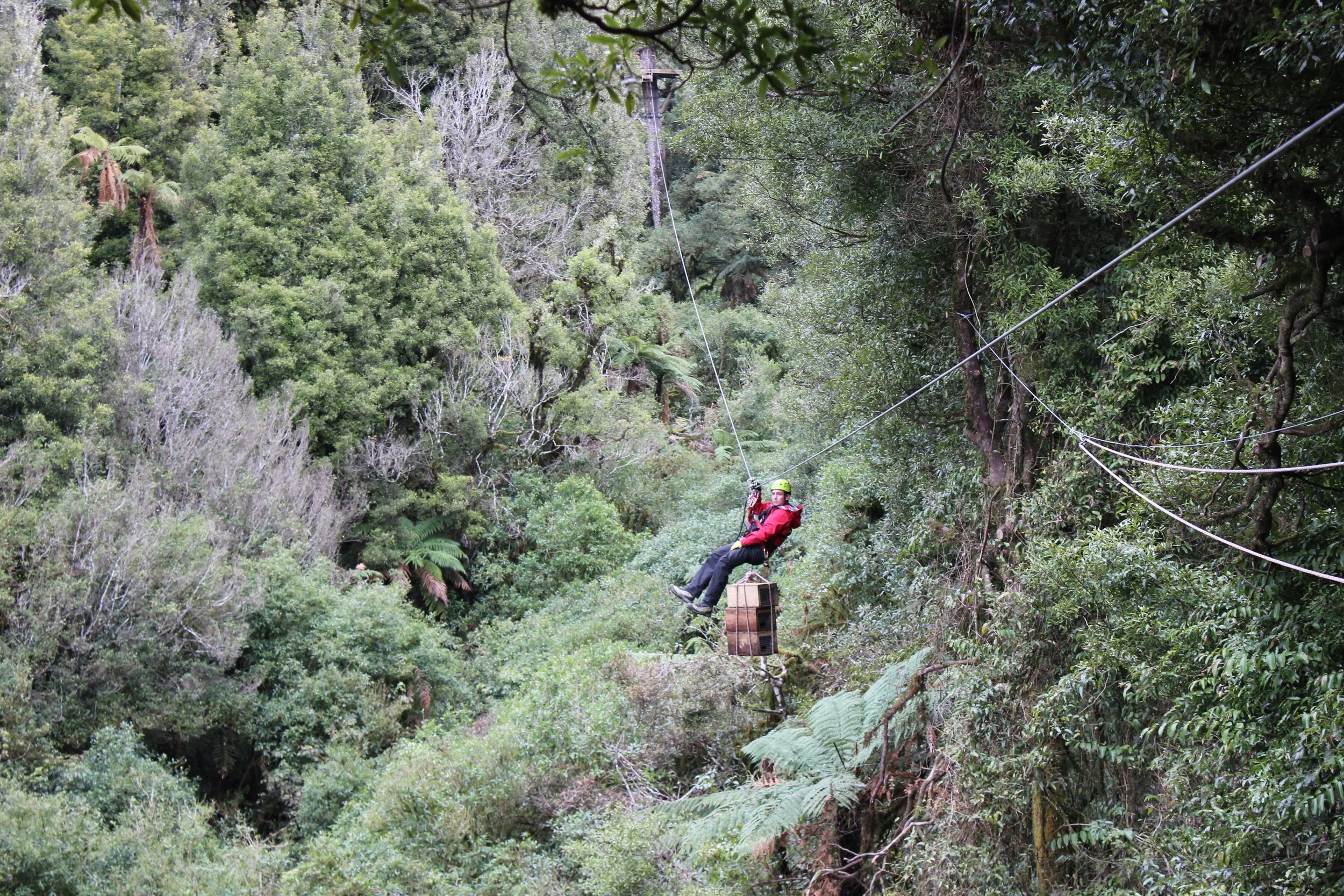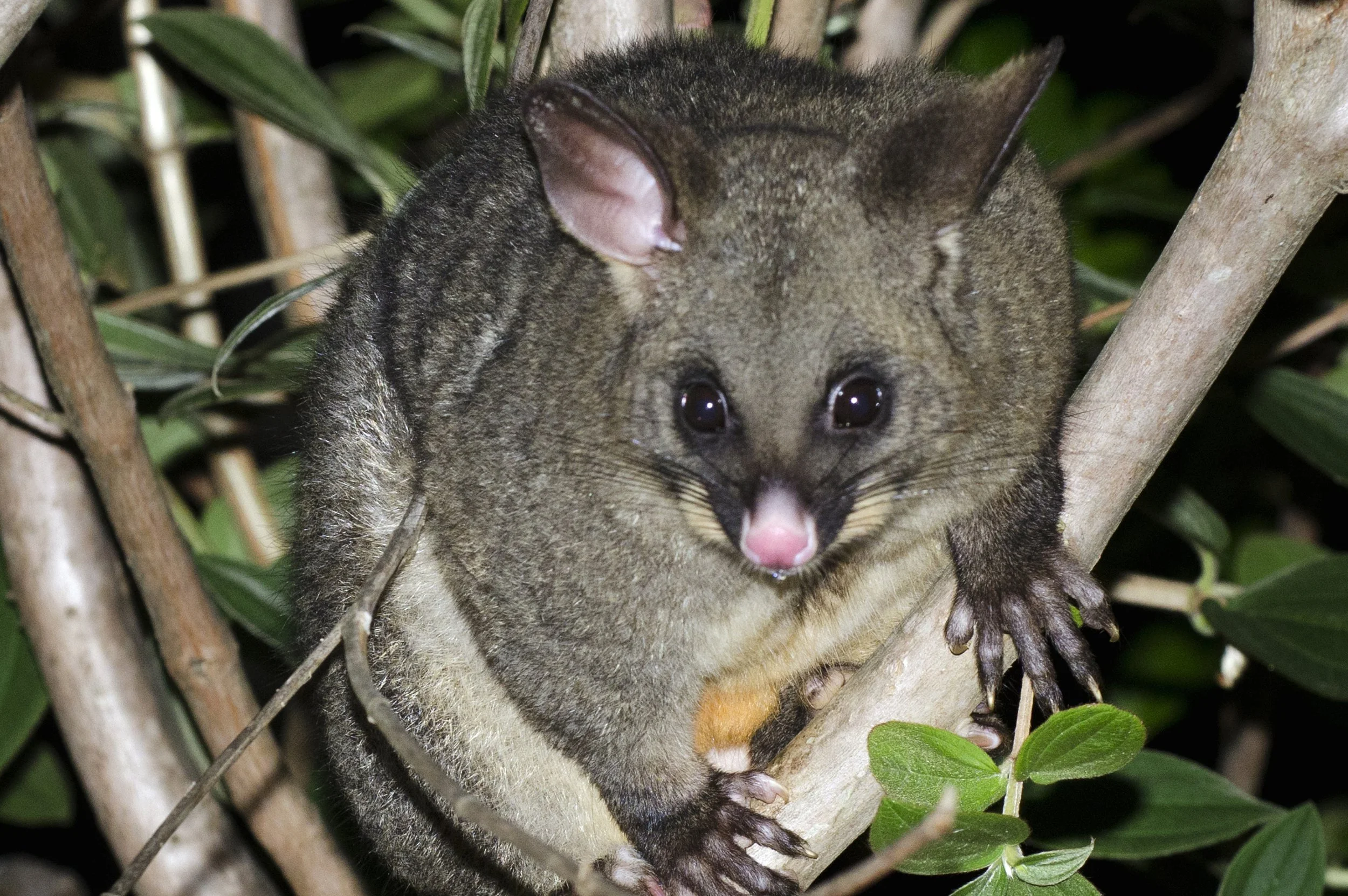The Ecological Toll - A Dive Into Possums Impact
- Possum interaction with a DOC250 trap
Introduction: The incursion of possums (Trichosurus vulpecula) into New Zealand during the 19th century has reverberated through the country's ecosystems, fundamentally altering the ecological dynamics. This blog post aims to delve into the intricate web of interactions between possums and native biodiversity in New Zealand, employing empirical data and advanced statistical analyses to unravel the multifaceted impact of possums on the country's ecosystems.
The Proliferation of Possums: Historical records indicate a proliferation of possum populations in New Zealand, with estimates exceeding 70 million individuals by the late 20th century (Te Ara, 2022). This unchecked proliferation has elicited widespread ecological consequences, ranging from habitat degradation to significant alterations in vegetation composition and structure.
Quantifying Flora Consumption: Empirical studies leveraging trail camera monitoring have elucidated the dietary preferences and consumption rates of possums. Each possum, on average, consumes approximately 30 grams of vegetation per night (Innes et al., 2015). Extrapolating this consumption rate across the burgeoning possum population underscores the staggering magnitude of their impact on native flora, with an estimated nightly consumption of 2.1 million kilograms of vegetation.
Dansey Road Scenic Reserve before commencing our trapping project (note the stripped dying trees from possum browsing)
Loss of Avian Nesting Sites: Longitudinal trail camera monitoring spanning from 2000 to 2020 has provided invaluable insights into the decline of ground-nesting bird species attributable to possum predation (Smith et al., 2021). Statistical analyses reveal a 30% reduction in ground-nesting bird populations over the study period, translating to the loss of over 120,000 nesting sites annually. Such losses not only disrupt bird breeding behaviours but also exert cascading effects on ecosystem structure and function.
Disease Transmission Dynamics: epidemiological analyses have shed light on the intricate dynamics of disease transmission facilitated by possums. Statistical modelling indicates a positive correlation between possum density and the incidence of bovine tuberculosis (TB) outbreaks in cattle herds, with a 10% increase in possum density associated with a 5% rise in TB prevalence (Jones et al., 2018). Additionally, observations have documented behaviours indicative of leptospirosis transmission, further exacerbating disease dynamics within New Zealand's ecosystems.
Conservation Challenges and Solutions: Efforts to mitigate possum-induced biodiversity loss confront multifaceted challenges, necessitating innovative solutions informed by empirical data. Trail camera monitoring, coupled with advanced statistical techniques, offers the potential for targeted interventions such as the deployment of fertility control agents and gene editing technologies (Robertson et al., 2023). However, the scalability and ecological ramifications of these interventions demand meticulous evaluation and adaptive management approaches.
Community Engagement and Public Awareness: The dissemination of scientific findings through community engagement initiatives has engendered heightened public awareness regarding possum-induced biodiversity loss. Surveys conducted between 2015 and 2020 indicate a positive correlation between public awareness levels and proactive conservation efforts (Davies et al., 2021). By fostering a sense of shared responsibility and empowerment, community engagement initiatives catalyze collective action towards sustainable conservation practices. We are all part of this struggle.
To conclude, the integration of empirical data, advanced statistical analyses, and monitoring techniques offers a comprehensive understanding of possums' profound impact on biodiversity in New Zealand. From the consumption of native flora to the predation of bird species and the risk of disease transmission, possums pose formidable challenges to ecosystem resilience. By leveraging innovative solutions like that of the Trusts projects, engaging local communities, and advancing scientific research, we can aspire towards a future where native biodiversity flourishes in harmony with its environment, ensuring the preservation of New Zealand's ecological heritage for generations to come.


